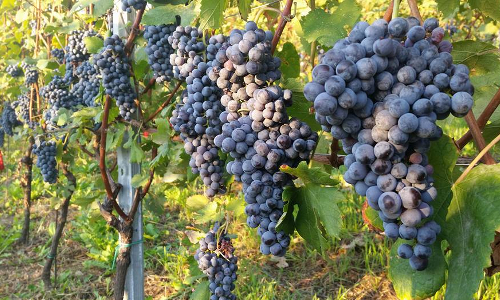The History of DonnaLia
DonnaLia is a young wine company which aims to recover the core identity of the property in this area of Piedmont, an area which has long been traditionally linked to the wine world, the testimony of this, being the historic cellars of the area and the many terraces scattered in the woods.
Our historical background comes to us from the graduate Donato Donati and his thesis in Economic Geography (1934), which corroborates the traditions of the municipality of Salussola since 1806.
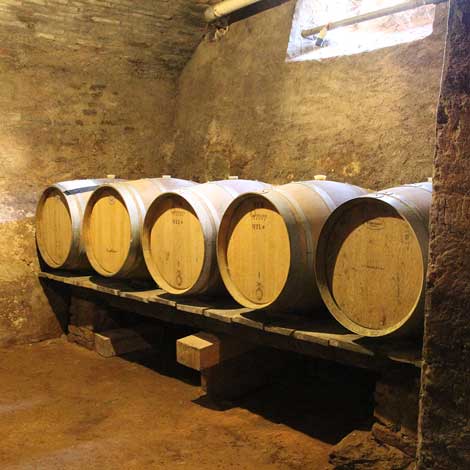
Our Barrels
According to the French land registry, it boasted vineyards which covered an area of about 10% of the municipality, roughly over 300 hectares. According to Salvatore Pugliesi, in his book entitled, ‘Due Secoli Di Vita Agricola’ (- Two Centuries of Agricultural Life) , it supplied produce to the Biellese and Vercellese.
In particular, the hamlet of San Secondo, which existed in Roman times, was predominantly planted with vines. Other sources attest that the wines of the region have a long history, revealing that vineyards covered somewhere close to 12,000 hectares.
With the advent of industrial farming, there was a decline due to it no longer being as profitable as it had been before. Its lowest point of activity was recorded just after the war.

The Old Barrels
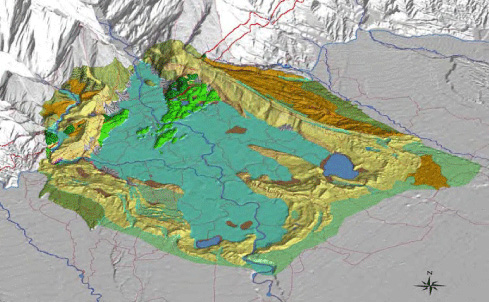
DonnaLia and Canavese
The specification of the area where the holding is situated refers to DOC Canavese, whose vineyards are located on the south side of a clear glacial Moraine amphitheater, at the edge of Val d'Aosta and the province of Biella and Vercelli. The incorporated lands are an ideal area for the cultivation of vines, thanks to the mild microclimate. It is protected by the hills, balanced by the presence of two major rivers (Dora Baltea and Orco) and numerous lakes scattered in the plains, including Viverone. The Moraine amphitheater of the Canavese is a structural relief dating back to the Quaternary period. It originated from the movement of sediment towards the Po Valley, navigated by a great glacier that ran through the valley of the Dora Baltea, which covered the mountains of the Gran Paradiso and Monte Rosa during the ice age. The amphitheater’s name, usually given to these geomorphic structures, refers to its characteristic semicircular form which is easily detectable on a geographical map. The surrounding hilly ridges are composed from the Serra d'Ivrea to the north-east, with an average elevation of 600 meters, to the south-west (ours) with ridges of 300 meters.
DonnaLia and Biodiversity
DonnaLia and the sustainability of the vineyard
Conventional agriculture, especially in its more intensive forms, often contributes significantly to the processing and reduction of biological diversity (or biodiversity) of a given territory. The very term biodiversity indicates the variety of living organisms, in their various forms, in their respective environments and includes the entire biological variability, from genes to species and the ecological niches up to ecosystems. The use of pesticides and the oversimplification of ecosystems inevitably leads to a decrease in biodiversity. Furthermore, viticulture, understood as a productive activity that leads to acceptable levels of farm income, may pose a threat to biodiversity. Often the vineyard space and ‘surrounding’ spaces are two separate and well-defined situations, handled with very different rules. Therefore, a sustainable viticulture must contribute to the formation of a mosaic of habitats, with alternating areas planted with forest or grass in order to guarantee a territorial balance with the preservation and development of native species. The richness of biodiversity ensures the development of a trophic network so as to ensure a balance between predators and parasites, limiting damage to an excessive development of crops. This, as a result, can lead to a significant reduction in the use of pesticides in the vineyard. The abandonment of the practice of chemical weed control and the progressive decrease of pesticides together with respect to the complexity of the contour of the vineyard landscape (forest Broadleaf, stable meadows, orchard, ortho) is bringing the vineyard agrosystem of our company towards an ever greater wealth of biodiversity in the ecosystem, and then towards greater sustainability of the wine-growing practice. The vineyard boundary areas and the presence of ‘herbs’ between the rows represent important areas of refuge and the soil fauna play (Artopodi - adult insects and larval forms, arachnids, crustaceans, annelids - such as earthworms, nematodes, shellfish , flatworms).


Villa "Ca' Bianca"
The company is based in Villa Ca 'Bianca, an historical estate, owned for many years by the family of Avogadro di Casanova, who built it in 1710 as an oratory dedicated to Santa Teresa. Here the family celebrated mass with the local residents of San Secondo. The decree of concession bears the date January 31, 1710, and is accompanied by the signature of Vicar General Giacomo Antonio Cusano. Of this ancient, religious adornment, only the small bell tower on the roof of the building remains visible, which is now privately used.
The installation of the building bears witness to its ambivalent nature. This is seen in other parts of the estate, where we can find a noble residence, particularly dedicated to agriculture, on one side and an area dedicated to breeding on the other. The size of the cellar and the impressive underground cold-storeroom attest to the activities related to the world of wine and the need for storage for the people living in the surrounding community. Upon entering the woods of the estate, we meet another building of historical interest - a tower bearing the name, "Torre di Montalto o di San Lorenzo". This tower was part of the ancient defensive system of the town of Salussola.
The date engraved on the architrave, 1776, indicates the year of reconstruction of the tower which originated in the Lombard era. While also used during the last war, nowadays it is a signpost in Italian Army territory.
Since 2017, thanks to topographers at the Municipality of Salussola, the pathways, company as well as Villa Ca 'Bianca may now be geographically located. The area is dedicated to Cavalier Silvio Sardi, the founder, who for a long time resided here. His grandfather was born in Cernusco sul Naviglio, province of Milan est, on 29 May 1912, to Giuseppe and Enrichetta Erbori, on behalf of whom he donated the salon of the infantile san Domenico Savio of Salussola in 1962. Founding pioneer of the natural gas distribution industry in Italy after the war, the partisan, along with other entrepreneurs, built the first distribution networks in the Po Valley. In the early 1960s he bought a brick factory in Brianco, increasing its production by employing a local labor force.
He was elected Mayor of the Municipality of Salussola on 20 November 1960 and remained in office until July 5, 1975. On 2 June 1962 he was awarded the title of Knight, for particular blessings, by the President of the Republic Antonio Segni. Bolstered by his experiences in natural gas with Eni - then led by Enrico Mattei - he gained more concessions for the gas distribution of methane. In particular, in Salussola, he made the first gas network. He established one of its outlying offices and started a small social and economic revival there by hiring local technicians and labour.
In 1973, under his mandate, he oversaw the purchase of the Rosazza home which then became the seat of the elementary schools. His dream was, amongst others, to produce wine in his wine-growing company. His remains lie in the family chapel, in the fractional cemetery of San Secondo di Salussola, along with his wife, Lia, a woman of particular energy and character, from whom our company name originated.

The founder, Cav. Silvio Sardi

His wife, Mrs. Lia

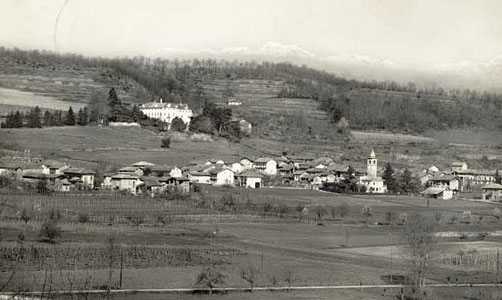
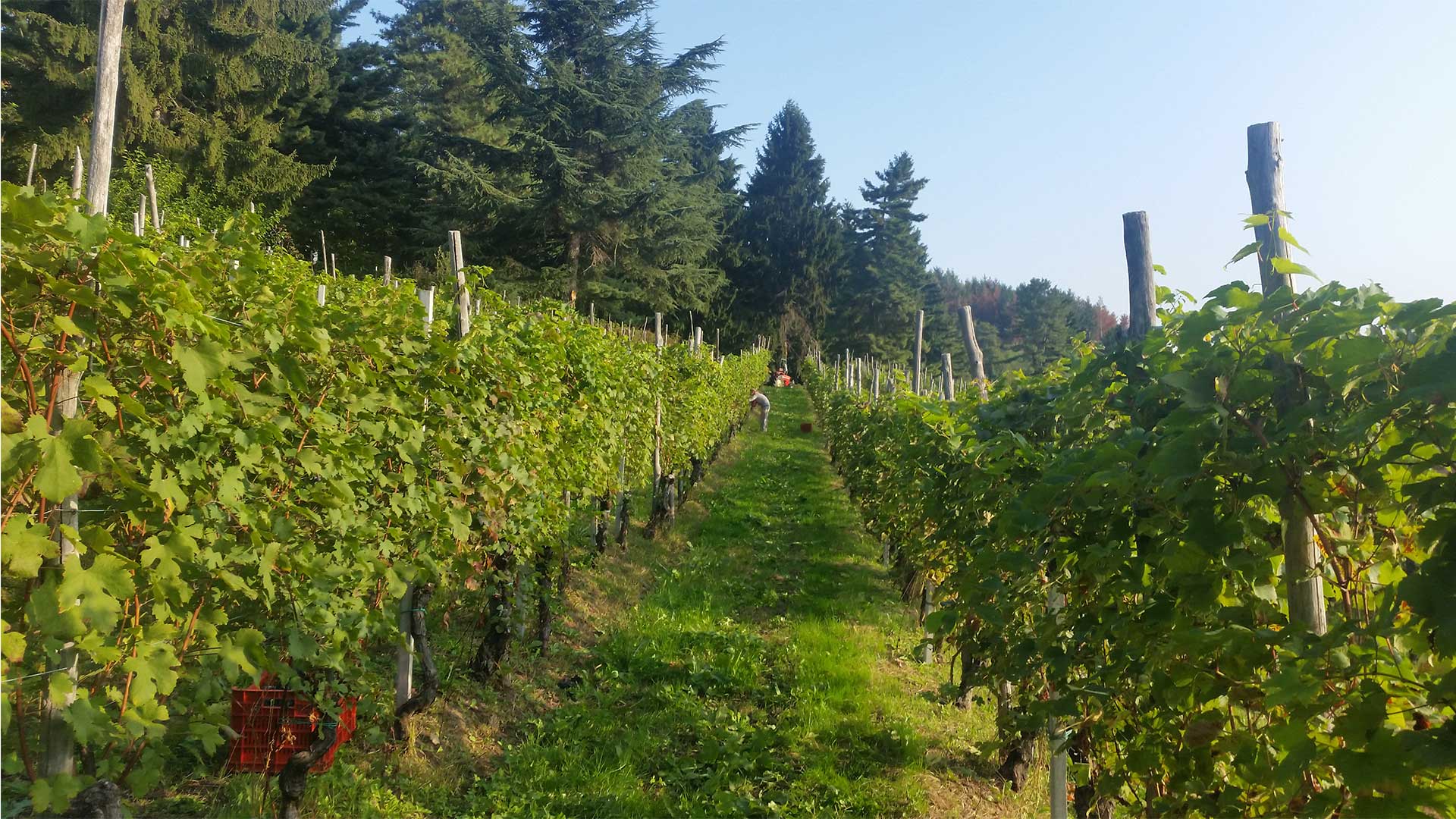
Our Company
How we work
We cover all phases of the production process, ranging from vineyard management to grape harvest, winemaking and wine aging, to bottling and marketing. These final phases take place in the evocative eighteenth-century cellar. Although now modernly equipped, the ancient cold-storeroom still remains and the old barrels and wine processing equipment are fully preserved. We can arrange guided tours of the estate and wine cellar, with wine tastings included. This may be organised by calling us for an appointment or by e-mail.
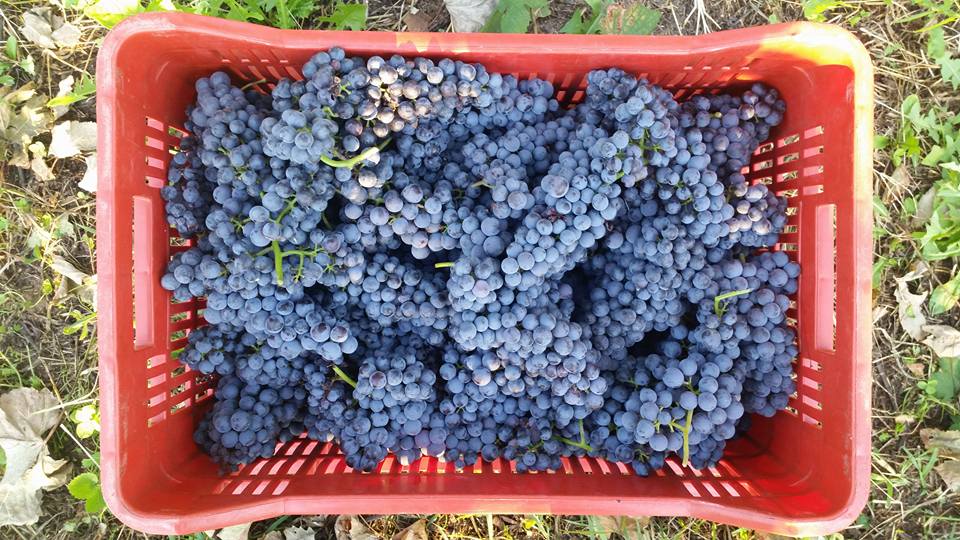

The Vineyard and the Cellar
We are on the slopes of ‘La Serra Morenica di Ivrea’ in Piedmont, Italy, in the westernmost part of the province of Biella. The site is part of the Canavese district, where the vineyards benefit from the microclimate of nearby Lake Viverone. This area enjoys excellent sun exposure and peculiar soil of glacial origin, the result of which is the production of interesting red and white wines, whose characteristics are now governed by the Canavese DOC production specification. Barbera, Nebbiolo, Cabernet and Erbaluce are the main grapes cultivated in the 4 ha (hectares) of properties, located at about 300 meters above sea level in an extensive hilly amphitheater, surrounded by acacia and chestnut woods, which are always exposed to the sun.